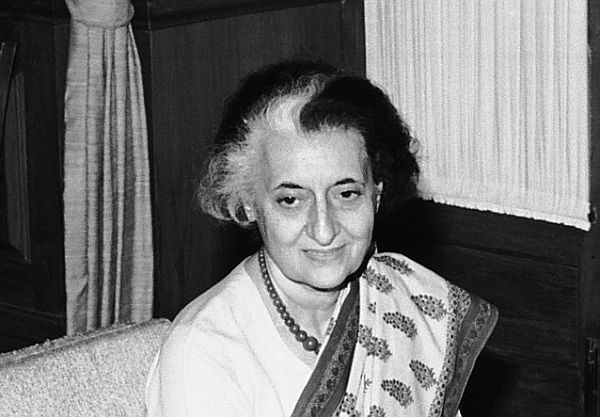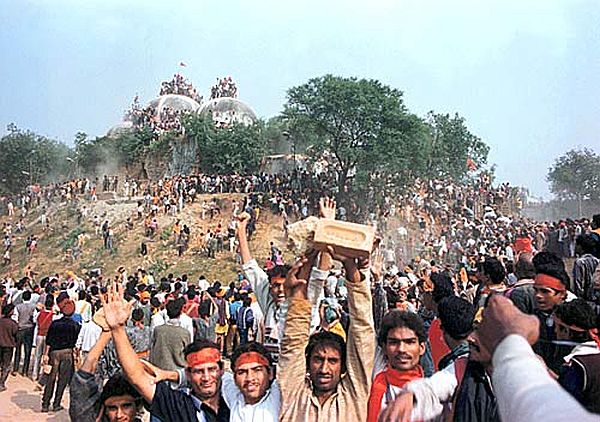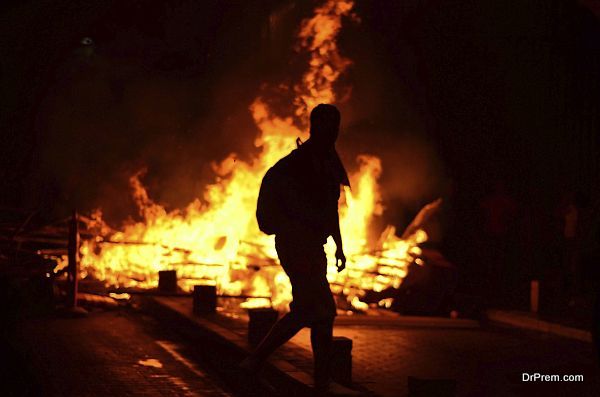No one knows how it starts. A rumor perhaps of a Hindu teasing a Muslim or vice versa. Even though there are no specifics or names, the rumors spread fast. In no time at all, the crowds gather, shout slogans and start pelting each other with stones and whatever they can get in their hands. And that’s how a religious riot starts in an Indian neighborhood.

India witnessed the worst riot ever in 1984 after thousands of Sikhs were massacred following then Prime Minister Indira Gandhi’s assassination. 30 years have passed since then. However, India still experiences frequent religious conflagrations in spite of proclaiming to be a secular nation with tolerance enshrined it its constitution.
What’s alarming here is that it is not religion alone that fuel these riots, but politics that actually allow things to spiral out of control. It is a known fact that the majority of political parties in India used and still continue to use religious differences to secure vote banks across different religious groups.
India has a largely Hindu constitution that nevertheless promises religious freedom for all who dwell in the country. However, the nation of 1.2 billion still showcases a continuously troubled relationship between politics and religions.

Many believe that politics fueled religious riots would lead to a polarized electorate. In fact, when the Congress came to power in 1984, and many of its leaders were identified by victims as leaders of the rioting mobs. However, most of them still roam scot- free today while witnesses claim that the police did nothing to end the violence back then.
Rights groups reveal that it was the riots in 1984 and the failure to bring those accountable for the same to justice that actually seeded the rest of the riots that followed. They also indicate that political influences have led to many of these perpetrators easily walking away from their crimes scot free, thus hinting at the shadow politics has cast on the country’s law and order system pertaining to these riots.
Perhaps the best example to prove this would be the 2003 riots in Gujarat that led to the massacre of more than 1000 Muslims in retaliation to an attack on a train where 60 Hindus were burnt alive. India’s current Prime Minister Narendra Modi was the Chief Minister of Gujarat back then, and was embroiled in the controversy that has haunted his political career and image ever since.

Mr. Modi still claims ignorance over the riots and remains mum to questions asked about his inefficiency to handle the issue, and the courts and various inquiries have found him innocent. The BJP also used the riots as an excuse to project itself as a defender of the Hindu’s and won the elections in Gujarat.
There are many more examples one can take to prove the role of politics in fueling religious differences. Whether it be the Babri Masjid demolition in 1992, the Sikh riots in 1984, the Godhra riot in 2004 or the more recent Trilokpuri riot that occurred during Diwali, it has been noted that the government acted as a mute spectator in each case. More often than not, the police has proven inadequate in handling the issues, or diffusing religious tension that shows up when crazed religious mobs get into a riot.
Summary
India claims to be a secular nation. However, the nation still sees religious riots erupting at regular intervals. In most cases, these riots are fueled by politics to create a polarized electorate, which would be easy for them to govern.



